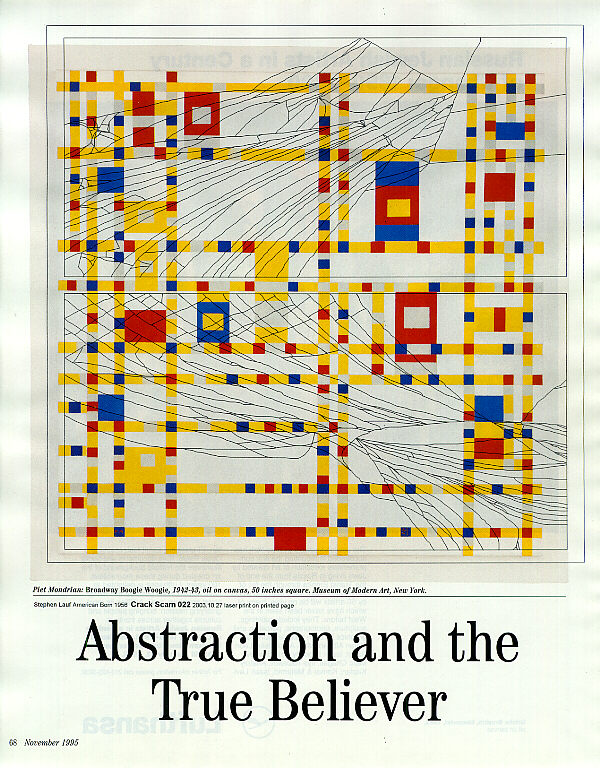Quondamopolis | The Plays of Nicholas Breakspear |
|
| 27 October | 2013.10.27 10:55 |
The diaphragm is a fluctuating separation. As it separates, it contracts and relaxes. In terms of time, it has an effect on both the time that comes before it and the time that comes after it. Even for a time, the plane of the present is slicing through the diaphragm with the stomach, liver, kidneys (etc.) on one side and the lungs on the other side, all of which is encased within the rib cage. As time goes on, the lungs gradually take up more space and the digestive system takes up less, with the diaphragm always separating them. The diaphragm remains the ever effective mediator between the realm of assimilation and metabolism and the realm of osmosis. The diaphragm is something like a two-way mirror--its movements create pressure which in turn facilitates both breathing and defecation, input vs. purge. |
|
According to Massimiliano Montecuculi, who witnessed the performance, the stage was prepared with "a flock of people partly real and partly feigned" so arranged that, when the curtain had fallen for the opening of the play, the audience saw on the stage another large audience who had come to see the comedy. Two braggarts, played by Bernini himself and his brother Luigi, then appeared on the stage, one facing the real audience and the other the fictitious; and recognizing each other in no time, they went on to claim, each in turn, that what the other saw as real was actually illusory, each firmly convinced that there was no more than one theater with its audience in that half he was facing. The confusions of realities in mirror image thus heightened, the two firmly decided "that they would pull the curtain across the scene and arrange a performance each for his own audience alone." Then the play was performed to the real audience, that is, the main act to which that preceded was only a pleasant prelude. But through the play another performance was supposed to be taking place simultaneously on the second stage introduced by Luigi; the play was, in fact, interrupted at times by the laughter from those on the other side, as if something very pleasant had been seen or heard.
|
www.quondam.com/33/3305p.htm | Quondam © 2017.11.27 |
